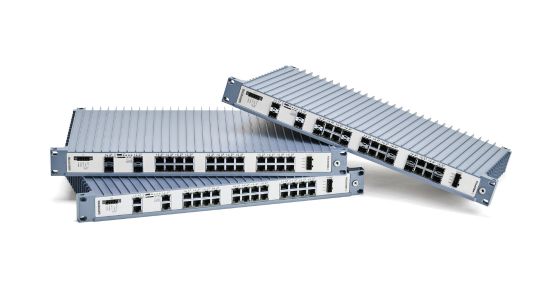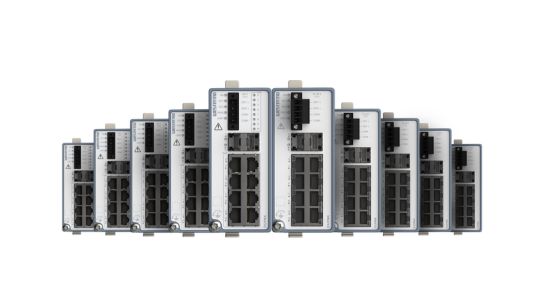Digitalization in railways
How Westermo powers the shift from traditional to digital interlocking
Andreas Hinterschweiger has been with Westermo for 17 years, specializing in trackside solutions where reliability and precision are critical. His motivation stems from the real-world consequences of system failures, interruptions that can affect passengers journeys. For Andreas, ensuring operational safety and security isn’t just a technical challenge, it’s a way to contribute to safer, more dependable public transport infrastructure.

Q: Andreas, could you describe the significance of digitalization for the railway industry and what it involves?
A: Digitalization in the railway industry aims to lift capacity and performance. It involves transitioning from traditional technology to digital technology, which includes standardization to reduce lifecycle costs for signalling systems.
Q: What are some of the challenges faced in this digitalization process?
A: The railway market is conservative and slow moving, with many proprietary signalling and interlocking systems. Digitalization introduces Ethernet connectivity, which could mean cybersecurity threats and vulnerabilities. Balancing this dynamic security ecosystem with the safety-oriented railway concept can be challenging.
Q: How does the network architecture and connectivity differ between traditional and digital interlocking systems in railway applications?
A: From an industrial networking perspective, traditional interlocking has been limited in size to typically 6.5km, as the power supply was based on a star topology and each field element (signals, switch points, axle counters) was connected to the local interlocking control room and power supply.
Digital interlocking does not require local interlocking control rooms, as all trackside assets are connected to a central data center. With a decentralized power supply for field elements, size is no longer a limitation. Interlocking segments spanning hundreds of kilometers could be constructed. Field elements employ redundancy techniques and are linked to a backbone network, which connects to the data center.
Q: What role does Westermo play in the future of digital railway networks?
A: Westermo's portfolio fits well with upcoming requirements, providing layer 2 and layer 3 switches with or without encryption. We offer robust products designed for harsh environments, networking deployment expertise and service, as well as compliance with cybersecurity standards. Our competence and knowledge in OT and IT-based technology make us a valuable partner for railway operators.

Reliable network solutions for digital interlocking
Digital interlocking represents a significant advancement in railway infrastructure by transitioning from traditional, centralized control systems to decentralized, Ethernet-based networks. Networking solutions from Westermo combine traditional safety-oriented railway systems with modern network security solutions.
Learn moreEthernet switches for digital interlocking

19" Industrial Rackmount Ethernet Switches
Ideal for trackside backbone networks with encrypted fibre connectivity. Suitable for use in heavy industrial environments such as railway trackside installations.

Compact and robust DIN-Rail switches
Our range of managed switches far exceeds normal industrial requirements, with rugged designs to withstand extreme temperatures and electromagnetic interference.
Nuri Shakeer
International sales

For support inquiries, click here to contact Technical Support
